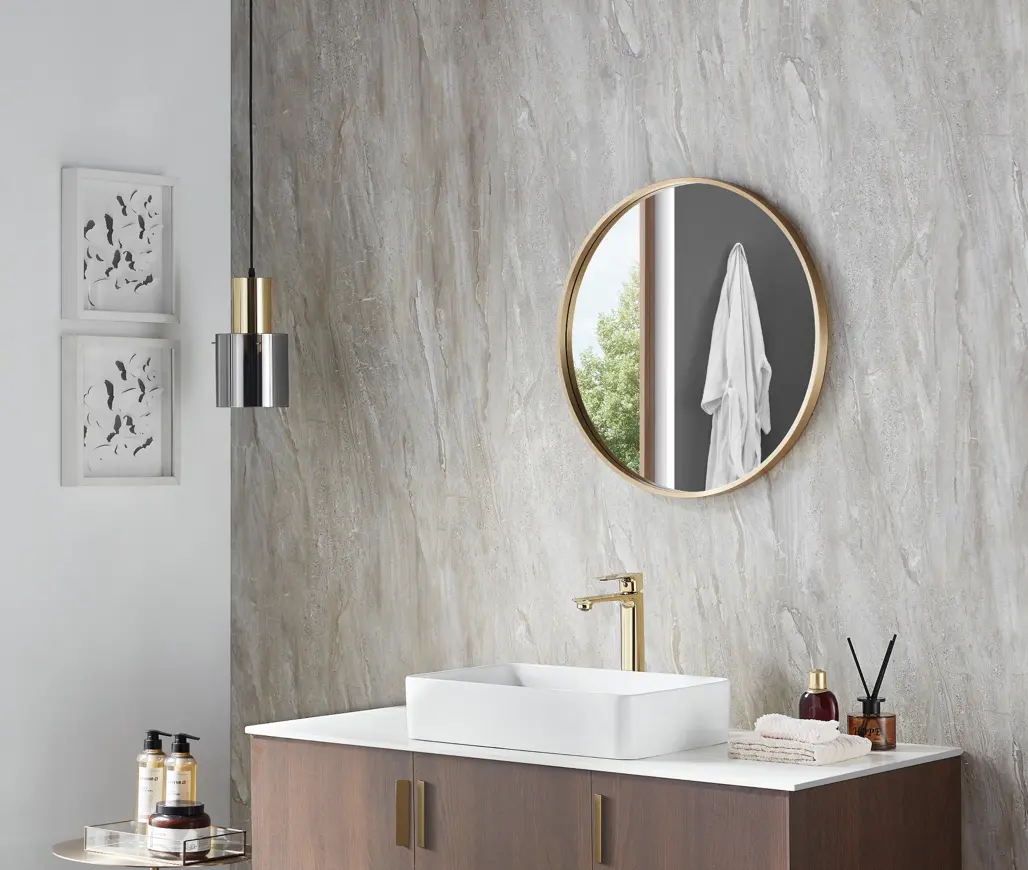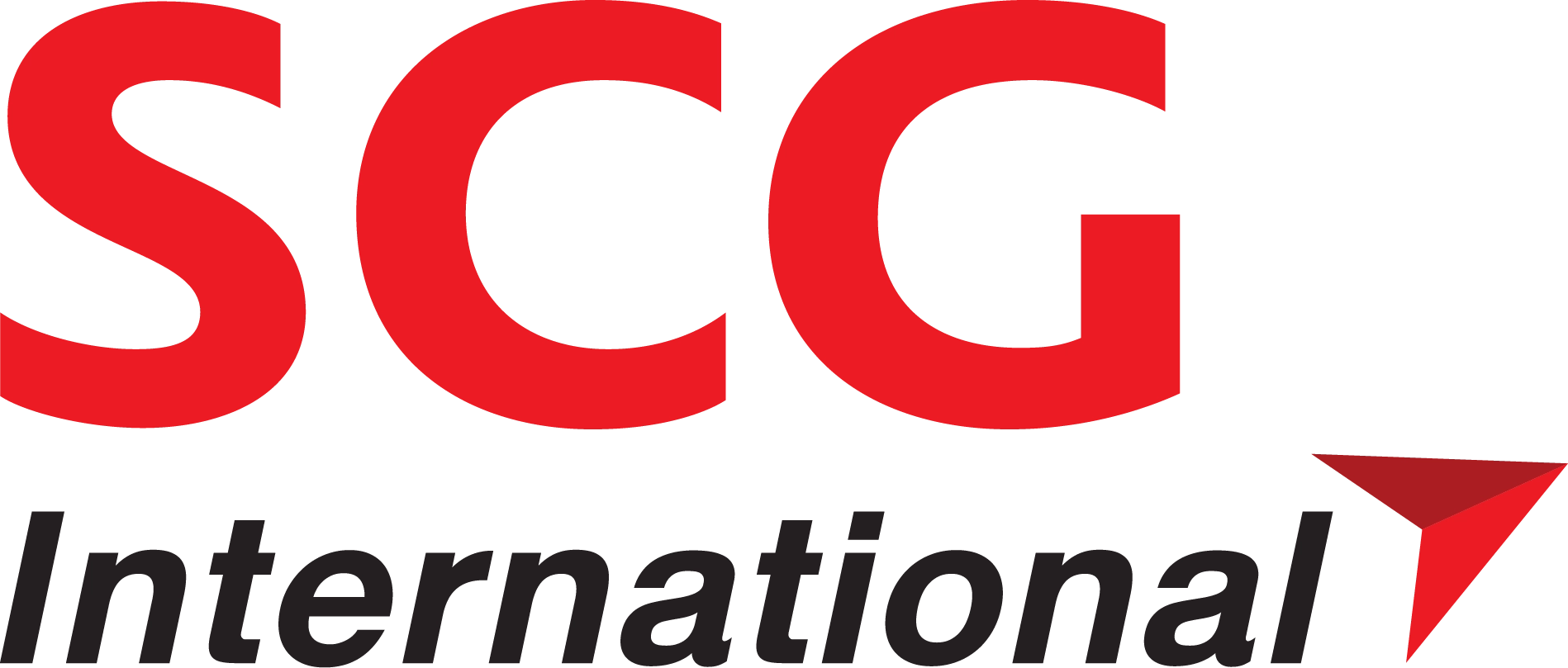กระจก / กระจกพร้อมไฟ LED / กระจกสำหรับตกแต่งบ้าน

ค้นพบการสะท้อนสไตล์ที่สมบูรณ์แบบด้วยคอลเลกชั่นกระจกระดับพรีเมียมของเรา ตั้งแต่กระจก LED ที่ทันสมัยและโฉบเฉี่ยวไปจนถึงกระจกตกแต่งเหนือกาลเวลา เรามีชิ้นส่วนที่สมบูรณ์แบบเพื่อเพิ่มพื้นที่ให้กับทุกพื้นที่ ส่องสว่างบริเวณโดยรอบของคุณด้วยกระจก LED ที่เป็นนวัตกรรมใหม่ของเรา หรือเพิ่มความหรูหราด้วยกระจกตกแต่งที่สร้างสรรค์อย่างพิถีพิถันของเรา เปลี่ยนพื้นที่ของคุณได้อย่างง่ายดาย!
END-TO-END SUPPLY CHAIN SOLUTION
เอสซีจี อินเตอร์เนชันแนล ที่ไม่เพียงมอบโซลูชันการจัดหาสินค้าที่มีคุณภาพ เรายังมีโซลูชันการจัดการซัพพลายเชนระหว่างประเทศที่ครบวงจร และพร้อมที่จะก้าวขึ้นมาเป็นซัพพลายเชนพาร์ทเนอร์ระหว่างประเทศให้กับธุรกิจคุณ






